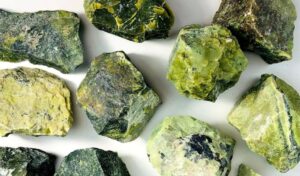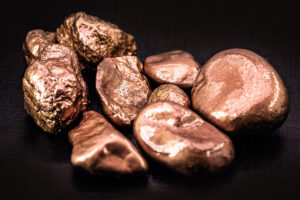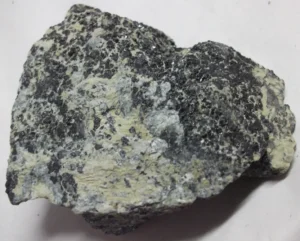We are Dealing In
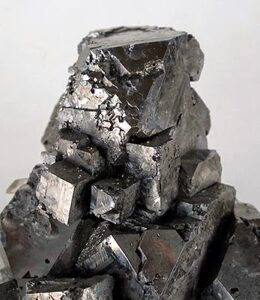
LEAD
Lead is soft and malleable, and also has a relatively low melting point. When freshly cut, lead is a shiny gray with a hint of blue. It tarnishes to a dull gray color when exposed to air. Lead has the highest atomic number of any stable element and three of its isotopes are endpoints of major nuclear decay chains of heavier elements.Pure lead has a bright, shiny gray appearance with a hint of blue. It tarnishes on contact with moist air and takes on a dull appearance.
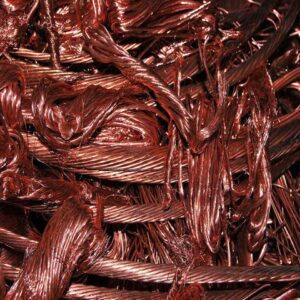
COPPER
Copper is one of the few metals that can occur in nature in a directly usable metallic form (native metals). This led to very early human use in several regions, from c. 8000 BC. Thousands of years later, it was the first metal to be smelted from sulfide ores, c. 5000 BC; the first metal to be cast into a shape in a mold,Copper is produced in massive stars[and is present in the Earth's crust in a proportion of about 50 parts per million (ppm). In nature,copper occurs in a variety of minerals,
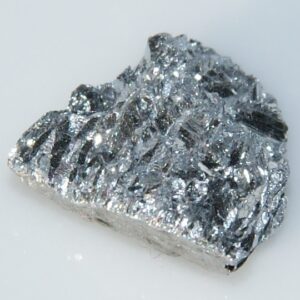
Antimony
Antimony compounds have been known since ancient times and were powdered for use as medicine and cosmetics, often known by the Arabic name kohl.The earliest known description of the metalloid in the West was written in 1540 by Vannoccio Biringuccio.
China is the largest producer of antimony and its compounds, with most production coming from the Xikuangshan Mine in Hunan. The industrial methods for refining antimony from stibnite are roasting followed by reduction with carbon.
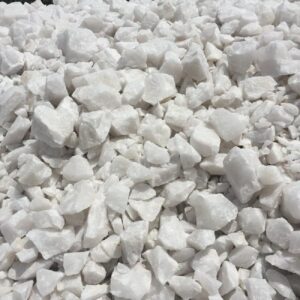
Silica Quartz
Silica Quartz / Quartz silica, also known as crystalline silica or crystalline silicone dioxide, is a mineral that is found in nature. It is one of the most abundant minerals on earth, and there are hundreds of different varieties of it, some of which are gemstones. The molecular structure of quartz silica is unusual and allows stones composed of the material to grow to large sizes over time.One of the most common minerals on earth, quartz silica can be found on every continent and in every kind of environment.
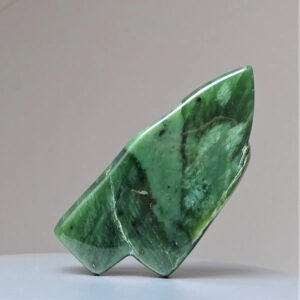
Nephrite
Nephrite is a variety of the calcium, magnesium and iron. Rich amphibole minerals tremolite or actinolite It is one of two different mineral species called jade. The other mineral species known as jade is jadeite, which is a variety of pyroxene.hrite can be found in a translucent white to very light yellow form which is known in China as mutton fat jade, in an opaque white to very light brown or gray which is known as chicken bone jade as well as in a variety of green colorsNephrite jade was used mostly in pre-1800 China.
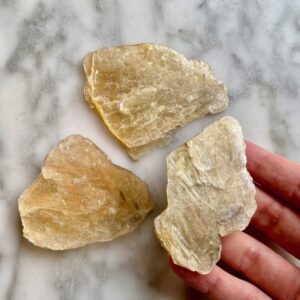
MICA
Micas (maɪkaz/MY-kəz) are a group of silicate minerals whose outstanding physical characteristic is that individual mica crystals can easily be split into extremely thin elastic plates. This characteristic is described as perfect basal cleavage. Mica is common in igneous and metamorphic rock and is occasionally found as small flakes in sedimentary rock. It is particularly prominent in many granites, pegmatites, and schists, and "books" (large individual crystals) of mica several
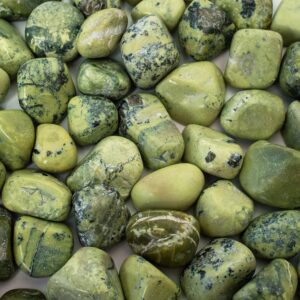
SERPENTINE
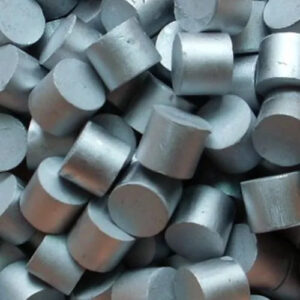
LITHUM
Lithium (from Ancient Greek 'stone') is a chemical element; it has symbol Li and atomic num.ber 3. It is a soft, silvery-white alkali metal. Under standard conditions, it is the least dense metal and the least dense solid element Lithium metal is soft enough to be cut with a knife. It is silvery-white.Although lithium is widely distributed on Earth, it does not naturally occur in elemental form due to its high reactivity. exist The total lithium content of seawater is very large and is estimated
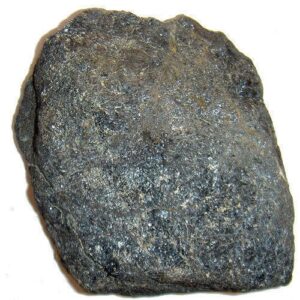
CROMITE
Chromite is crystalline mineral composed primarily of iron oxide and chromium oxide compounds. It can be represented by the chemical formula of FeCr2O4. It is an oxide mineral belonging to the spinel group. The element magnesium can substitute for iron in variable amounts as it forms a solid solution with magnesiochromite.Chromite minerals are mainly found in mafic-ultramafic igneous intrusions and are also sometimes found in metamorphic rocks.The chromite minerals occur in
Explore More With us
The traditional classification in the West, which goes back to the ancient Greeks, begins with a distinction between precious and semi-precious; similar distinctions are made in other cultures. In modern use, the precious stones are emerald, ruby, sapphire and diamond, with all other gemstones being semi-precious.
THE Precious stones
Strictly speaking the precious stones are only seven in number—the diamond, the pearl, the ruby, the sapphire, the emerald, the oriental catseye, and the alexandrite; but to these are often added the so-called semi-precious stones—such as the amethyst, the topaz, the tourmaline, the aquamarine, the chrysoprase,

